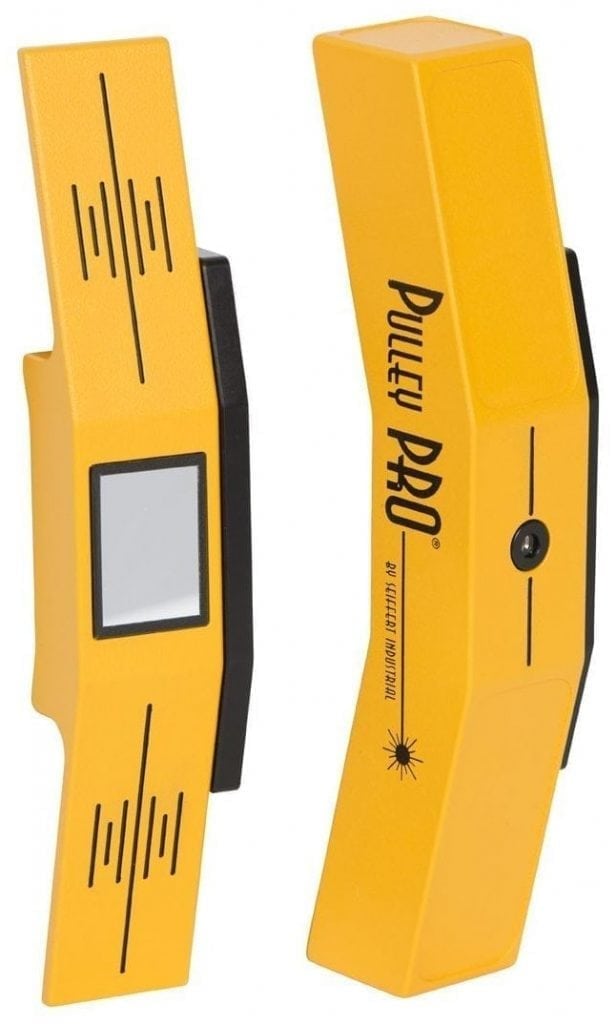
In industrial operations, properly aligned and tensioned belts are crucial for maximizing efficiency and minimizing costly downtime. A belt that’s too loose or too tight can result in serious wear on your equipment, and if left unaddressed, it could cause significant damage to machinery and safety hazards for your team.
If belt tension is too low, expect slippage. You’ll probably hear a noise, the belt will start to wear down and extremely high temperatures will be created– not good. If belt tension is too high, expect belt-driven accessories to wear down quickly.
What are some belt tension failure signs?
If you notice rust that’s bleeding or dripping from the tensioner, you’ve got internal component wear. You might also be dealing with tensioner cracks or problems with the arm, housing and/or bracket. The tensioner needs to be replaced.
If you have a defective pulley or bearing, you’ll likely hear noise. There will be resistance or roughness, meaning that the pulley bearing is worn out; Replace the tensioner. The same goes for pulley wear in general. Pulleys shouldn’t have chips, cracks or dents.
What about tensioner assembly misalignments? If you notice abnormal belt tracking on the tensioner pulley, you might have a bent/misaligned mounting bracket. There could also be a build-up of corrosion between your tensioner base and mounting surface.
Hearing rattles or squeaks coming from the tensioner? That’s probably a pivot area problem and/or failure of bearings.
If you notice shiny/smooth streaks (or gouges) in your tensioner housing or arm, there’s probably metal-to-metal contact between the arm and spring housing– a misalignment.
Other issues can include excessive tensioner arm oscillation, a binding or grinding tensioner arm movement and/or the loss of spring force. These are all signs of potential belt tension failure.
Seiffert Industrial specializes in providing high-precision laser alignment tools and belt tension meters that help prevent these failures before they start. 与多个 25 years of experience serving industries around the globe, we provide laser alignment tools are more than 20 times more accurate than conventional methods, making it easier than ever to maintain optimal belt tension and alignment.
Don’t let belt tension failure grind your operation to a halt; instead, if you need a belt maintenance toolbox, learn how Seiffert Industrial can help.

